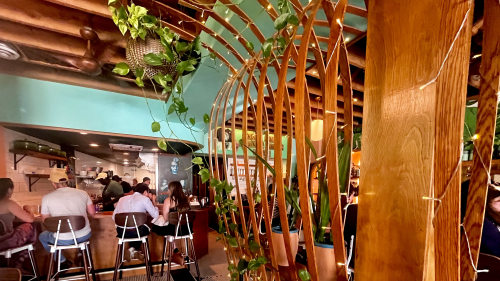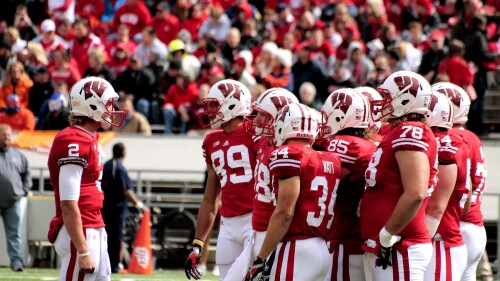Aho. That means “hello” in Hoocak. It’s one of the nation’s oldest languages, one based here in Wisconsin, and it’s nearly extinct. Tens of thousands of years old, and spoken for a multitude of generations, the language is almost gone. It is estimated that fewer than 40 individuals speak Hoocąk, the language of the Ho-Chunk people.
Wanting to preserve and revitalize Hoocąk, the Ho-Chunk Nation recently brought elder members together in Black River Falls, the administrative center for the Ho-Chunk Nation, to record samples of the language.
The Ho-Chunk, of which there are ~7,800 members, is doing a lot to preserve the language; it being a vital part of their identity:
Hoocak Waaziija Haci Language Division
The program, part of the Ho-Chunk government, is dedicated to keeping Hoocąk a “living language.” They do this through the Hoocąk Academy, a community outreach program for language learning; the Language Apprentice Program, aiming to create new teachers of the language; and EeCoonį, an early childhood learning program.
Schools
Since 2001 the language has been taught in a handful of high schools at public school districts throughout Wisconsin, including Baraboo, Black River Falls, and Tomah high schools, as well as in Wisconsin Dells and Wisconsin Rapids.
The Madison Metropolitan School District has some Hoocąk offerings, as does UW-Madison.

Check out UW-Madison’s Ho-Chunk education opportunities. | Photo by Ho-Chunk Nation legislature
Online
In 2022, an online and mobile dictionary was created. It includes nearly 12,000 entries and over 9,000 example sentences.
At one time, there were more than 300 distinct Indigenous languages spoken in the US, according to the Administration for Native Americans; 175 remain. Without restoration efforts, experts predict that by 2050 only 20 languages will still be spoken.
Learn more
As part of Madison Public Library’s Teejop and Beyond program, Madisonians are invited to learn about the Ho-Chunk language on Tuesday, Nov. 14 at 6:30 p.m. at the central library.











